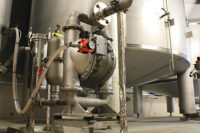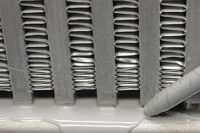Case Study: A Thermoplastics Compound Manufacturer is Going to the Next Level
A manufacturer of thermalplastics compounds finds multiple benefits with underwater pelletizing systems and belt dryers.
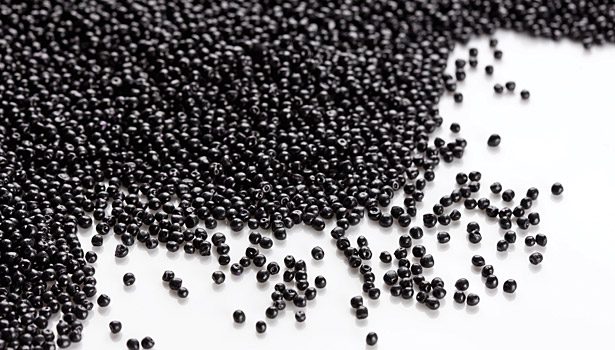
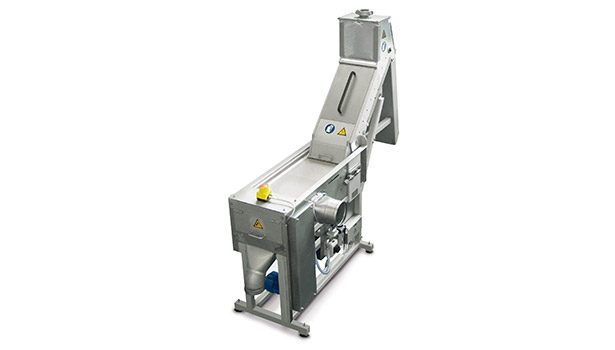

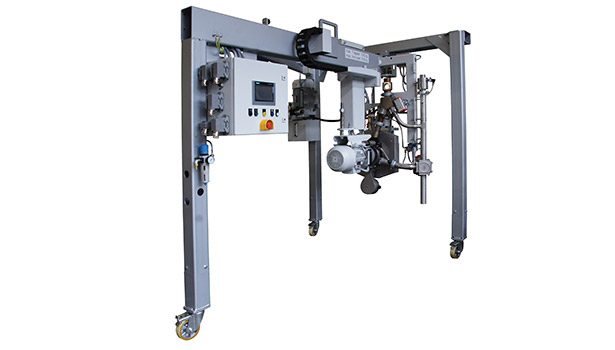
The underwater pelletizing system produces the spherical polypropylene niplene pellets required for Soredi's customers' manufacturing processes.
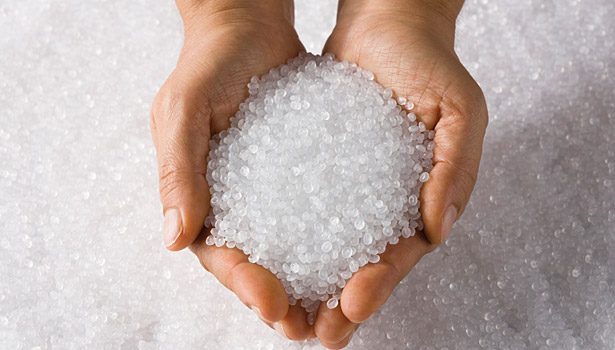





Founded by the Ghidini family in 1983, Soredi S.p.a. is a manufacturer of thermoplastic compounds based in the northern Italian town of Cologne, a 72-km (45-mile) drive due east from Milan. Since its founding, Soredi has transformed from a small, family-run operation to a global company that produced more than 16,000 tons of thermoplastics compounds in 2012.
“We have a strong presence in several markets, including electrical, automotive, lighting, household items and furniture,” says Giorgio Ghidini, general manager. “Currently, 65% of our products are used in the domestic Italian market, with 35% exported, but we want to grow our export capabilities. We have confidence that our competitive advantages of flexibility in our production processes, along with the high quality of our products, will help us make our hoped-for expansion into additional global markets and regions a reality.”
To make this goal a reality—and to meet growing production demands—Soredi has built on an area of 20,000 sq m (65,600 sq ft), of which 11,000 sq m (36,000 sq ft) are covered. Within those facilities, Soredi has automated all of its production cycles, including a battery of 18 silos for the storage of the raw materials. The use of modern software that manages all processes and operations provides Soredi with the control of product quality and quantity until delivery to the end user.
Product Portfolio
Soredi uses a number of polymer-based feedstocks to create 15 thermoplastic compound products, such as polypropylene (PP), acrylonitrile butadiene styrene (ABS), SAN, HIPS PC and PC/ABS blends, polybutylene terephthalate (PBT), PA 6 and 66, and polyoxymethylene (POM). One of its most popular products is the polypropylene niplene, of which it produces 23 different varieties. Polypropylene niplene is a thermoplastic that contains resins used as fillers or reinforcing agents. The injection of these resins, or polymers (usually glass fibers, talc or calcium carbonate, or combinations of glass fiber and different mineral fillers), produces a techno-polymer that offers greater stiffness, hardness and dimensional stability under heat for application in automotive, appliances, design furniture, and electrical parts.
“We produce polypropylene niplene glass fibers, mineral fillers like talc and calcium carbonate, and/or fillings that can be mixed together and are available in various percentages, generally from 10-70%,” Ghidini says.
Improving the Process
In order for the polypropylene niplene to provide the optimum stiffness or hardness levels to the thermoplastic, the granules or pellets need to be the perfect size and shape. The injection of these granules or pellets is an essential intermediate stage in the production chain. To produce the polypropylene niplene granules, companies such as Soredi use pelletizing systems that take difficult-to-handle melts and powders and turn them into the granular resins that are needed to produce the final end product.
Since its founding 30 years ago, Soredi has traditionally used dry-cut pelletizing systems for the granule-making process. However, in the last few years, Soredi discovered a more effective technology for this process: an underwater pelletizing system. In particular, Soredi began using the SPHERO® 100 model underwater pelletizing system from Automatik Plastics Machinery, a subsidiary of Maag, based in Oberglatt, Switzerland. In 2012, Maag became an operating company with the Dover Corp.’s Pump Solutions Group (PSG®), based in Oakbrook Terrace, Ill.
“We became familiar with the Automatik dry-cut pelletizer technology when we formed our company back in 1983, and in 2009 we were introduced to the underwater cutting system,” says Ghidini. “After watching the SPHERO 100 machine in action, we found that there was less wear to the equipment, it offered greater flexibility during production when we needed to change the color of the granules, the granules produced were of a perfect spherical size, and there was a reduction in the amount of dust that was created during the cutting process.”
The SPHERO 100 has been designed for use in compounding, recycling and master-batch applications. It features a knife-head design and optimized water-flow conditions within the cutting chamber that combine to ensure the production of perfectly spherical pellets that are ideally suited for further processing. The system is also capable of producing high flow rates of up to 8,600 Kg/hr (19,000 lbs/hr) while the unit itself takes up minimal floor space. Operational benefits of the SPHERO 100 include:
• A rugged design in which all components are arranged on a common supporting frame
• Optimized melt-flow channels that reduce the melt’s residence time and increase product quality
• Absence of an internal adapter, which results in a reduction of energy consumption
• A bolted-through diverter valve that connects directly to the die plate, eliminating the buildup of polymer deposits
• Minimized cleaning, assembly and startup times
• Lifetime cutting-tool performance
• Upgraded control panel with touchscreen that provides fast startup and maximum operational flexibility
• Single-handed opening and closing of the cutting chamber for quick, convenient and safe operation
• The availability of various die-plate options, including electric-heated, liquid-heated and thermally insulated SuperFlow designs
Along with the underwater pelletizing system, Soredi uses a DURO 2000 belt dryer from Automatik. The DURO 2000 gently and efficiently dries abrasive or brittle pellets, glass-fiber-reinforced materials, and other compounds with high chalk compositions, resulting in pellets that contain an extremely low level of residual moisture. This makes the DURO 2000 ideally suited for glass fiber-filled polymers, resulting in drastically reduced cost when compared to the operation of a centrifugal-style dryer. The DURO 2000’s small number of moving parts results in virtually no component wear, which also means quick and easy cleaning, especially during frequent product changeovers. Additional benefits of the DURO 2000 belt dryer include:
• No movement of pellets against the dryer components
• Long life span of all parts that come into contact with the pellets
• Extremely gentle pellet handling, which ensures high product quality and keeps dust levels to a minimum
• Reduced energy consumption with no additional heating required
“We are extremely pleased with the performance of the SPHERO 100 cutting system and DURO 2000 belt dryer,” says Ghidini. “More importantly, our clients are very satisfied to receive the type of granules that we are now producing, which flow very easily during their production processes. From our perspective, the flexibility of the SPHERO 100 and DURO 2000 reduces the amount of waste we experience during production changeovers while delivering high throughput and a lower need for system monitoring by the operator.
“For us, it’s important that not only does the equipment work, but that there is reliable local post-sales and technical support. We get that in an excellent way from Maag, usually by Claudio Bonafede, After Sales manager in Italy. We recommend the use of Maag Automatik equipment for thermoplastic-compound production because of the efficiency and trustworthiness of the machines. We will certainly continue to use Maag Automatik Pelletizing Systems equipment in the future.”
For more information, contact the author at (39) 02575-93244 or JuergenSkanda@maag.com. Maag’s website is www.maag.com, and Soredi can be found online at www.soredi.it.
Looking for a reprint of this article?
From high-res PDFs to custom plaques, order your copy today!



